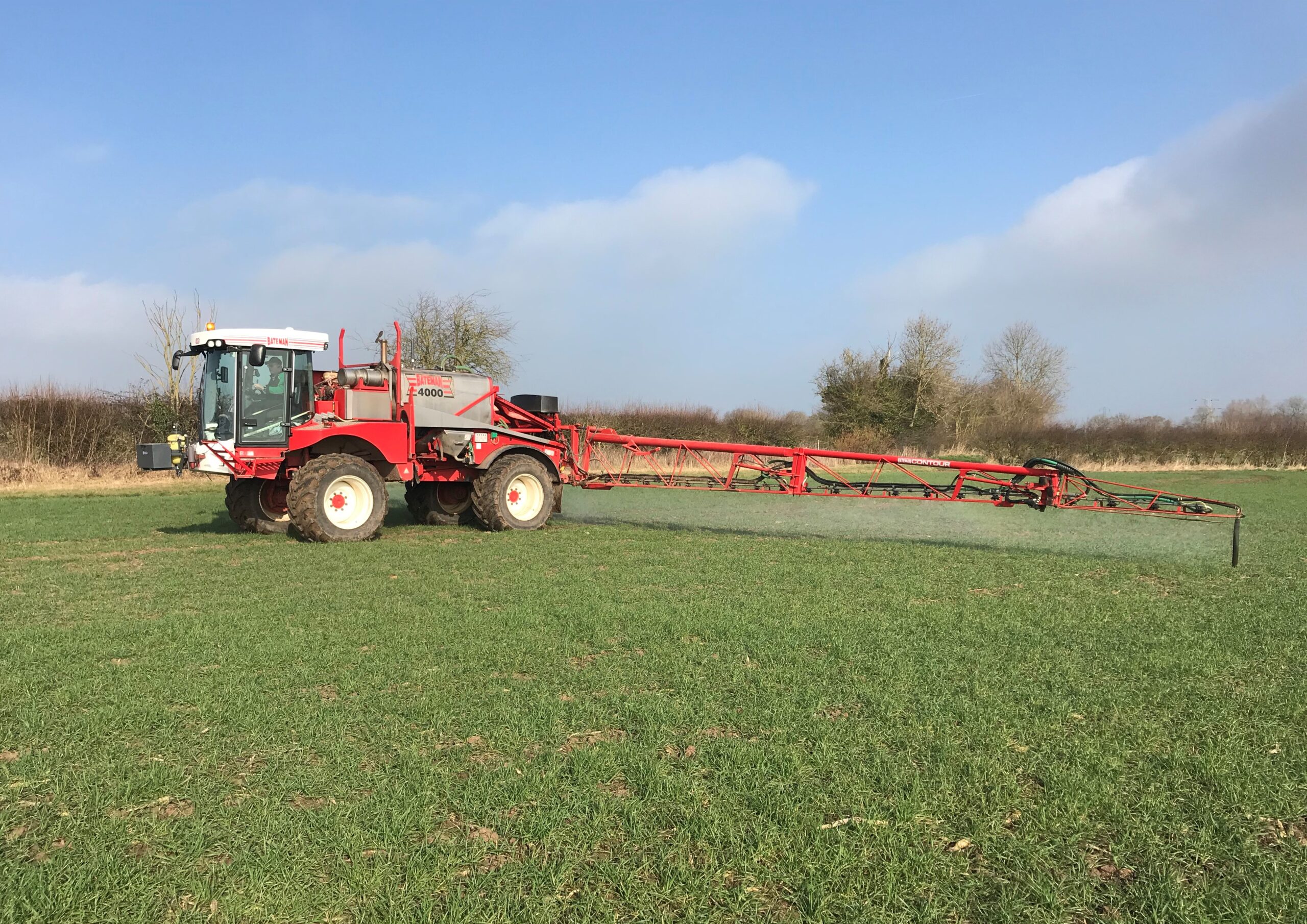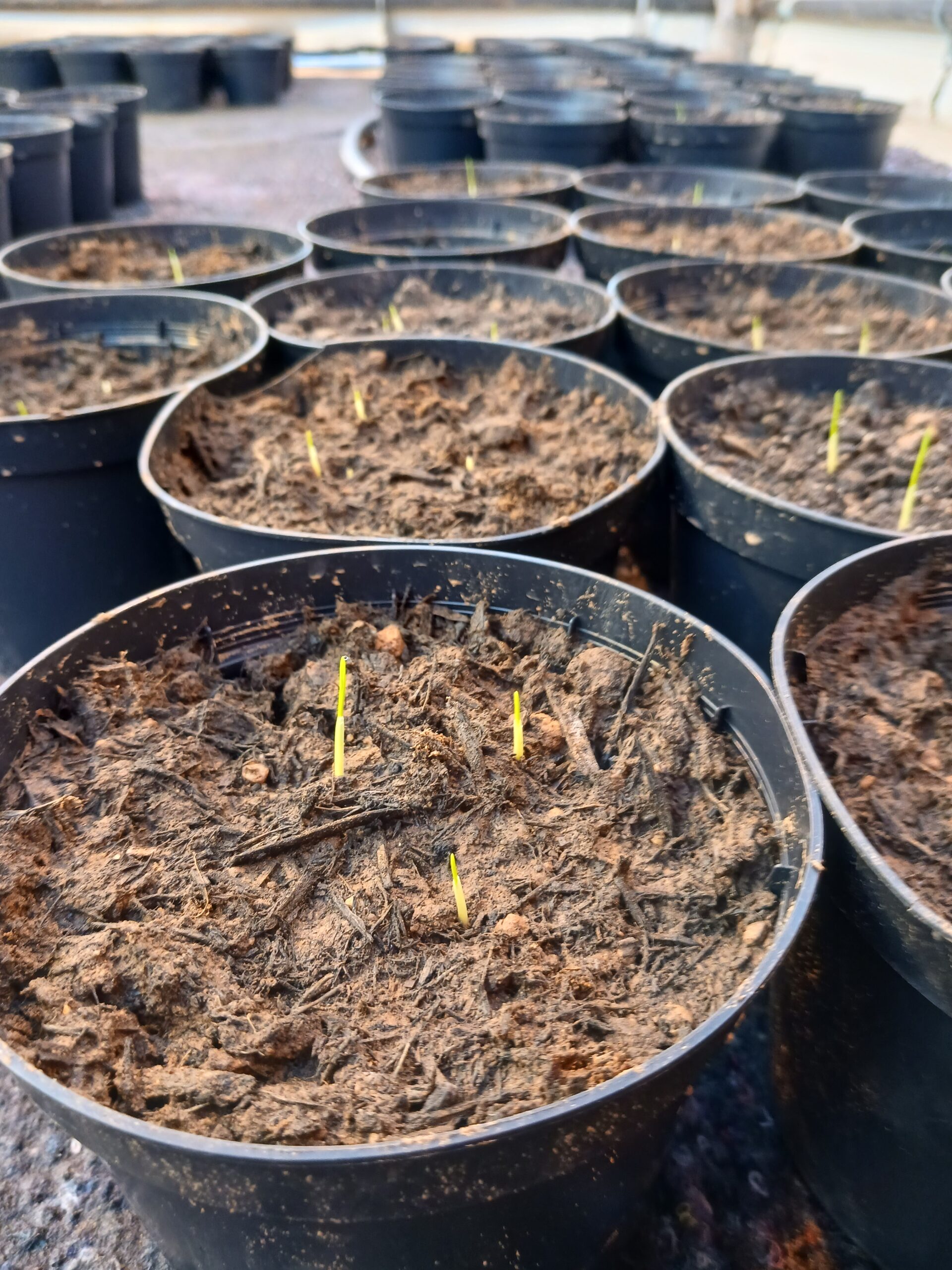Welcome to the February edition of the Life Scientific Newsletter.
We are already into the second month of 2024 and looking forward to a drier and more productive spring.
Our trials work has started early this year, with glasshouse work underway at ADAS looking at powdery mildew control in cereals with a range of active ingredients being tested on relevant modern disease strains.
We hope to have results to share with you next month for our new product FLEXURE (containing spiroxamine and prothioconazole).
1st FEBRUARY AND SPRING CROPPING
1st February is a significant date according to CRD/HSE as their risk assessments consider crops sown from this date, or later, as spring crops. Anything grown from late summer to the end of January is classed as a winter crop.
A number of herbicides have an earliest approved timing of 1st February or specific application information for use before or after this date.
For the Life Scientific herbicide range, 1st February is important for a key herbicide product – CINTAC (see later in this Newsletter).
Spring is becoming increasingly important for us at Life Scientific as we have product approvals in a significant range of major and minor crops including spring cereals, oilseeds, maize, beet crops, potatoes, vegetables and fruits.
Our objective is to register labels containing the same uses as those on the proprietary brands wherever possible, whether minor or major crops, and offer technical support on all our products.
If you have any questions about crops and labels for Life Scientific’s products, please see the information on our website or contact us using the details at the end of the Newsletter.
CINTAC Application Window Starts on 1st February
CINTAC (a WG containing 30g/kg mesosulfuron-methyl and 10g/kg iodosulfuron-methyl-sodium) can be used from 1st February in winter wheat.
At 0.5kg/Ha, CINTAC delivers a higher dose of active ingredient than products such as Hatra, Horus and NIANTIC. Applied in mixture with PROBE or Biopower, it can help with control of a range of grass and broad-leaved weeds that have come through autumn herbicide programmes, including Annual meadow-grass, bromes, charlock and volunteer oilseed rape.
Whichever weed you are targeting, herbicide application is critical. This is especially true with grass weed control when applying to small weeds. CINTAC is a contact herbicide, so effective spray coverage and retention on the target can make a significant difference to efficacy.
Applications expert Tom Robinson conducted replicated and large-scale field trials for Life Scientific to investigate how to get the most from CINTAC. These showed that boom height and nozzle choice were key to getting best performance.
Black-grass spray coverage fell from 26% at 50 cm nozzle height to 19% at 100 cm, a drop of 35%. The ‘Best Application’ is the one which will give the best efficacy under the widest range of conditions, whilst also managing drift. Tom advises keeping boom height to no more than 50 cm, maintaining sprayer speeds at 12kph and using CINTAC with approved adjuvants PROBE or BioPower.
CINTAC can be used in tank-mix or sequence (joint application) with one other authorised named ALS inhibitor herbicide.
We have produced updated information for the authorised tank-mixes and sequences with our four ALS inhibitor herbicides – CINTAC, LAYA (containing metsulfuron-methyl), NIANTIC (containing mesosulfuron-methyl and iodosulfuron-methyl) and SUMIR (containing florasulam), which is available on request.
As label recommendations such as earliest and latest timings can vary by product, ensure that you check all the label recommendations of any ALS products being used in joint application.

FIRESTARTER
As we start to think about spring cereal cropping , don’t forget Life Scientific’s herbicide, FIRESTARTER, which can be used in spring wheat and barley as well as in winter wheat and barley. Spring barley may be treated pre-emergence of the crop and spring wheat may be treated pre-or post-emergence before the 4 true leaf stage of the crop.
Containing 400 g/l flufenacet and 100 g/l diflufenican, the product is a reverse-engineered Liberator, helping with activity against grass and annual broad-leaved weeds, including control of Annual meadow-grass up to the 2 true leaf stage at the 0.3L/Ha rate approved in spring cereals.
POTATOES
Another of our spring approvals is the in-furrow use of AZOXYSTAR (our reverse-engineered Amistar) in potatoes to reduce the severity of soil-borne diseases including stem canker, black scurf and black dot.
To confirm Azoxystar’s comparability we worked with Team Sprayers and Techneat Engineering to compare the application of AZOXYSTAR against AMISTAR when applied through direct injection applicators, Team Sprayers Compact 120 and Techneat In-Furrow V2, using different nozzles, water volume and pressures

Results showed the two products to perform the same.
In addition, 10 replicated field trials conducted in the UK and France showed no significant differences in disease reduction levels between the two products.
The product should be applied as a single 3.0L/Ha application at planting in the furrow, aimed at the soil, not the tubers, and the tubers should not have started to sprout.
See the AZOXYSTAR label for full information.
CLOMASTAR
Another of the more recent introductions to the Life Scientific spring range is CLOMASTAR (containing 360 g/L clomazone as a capsule suspension formulation). It is a pre-emergence residual herbicide for the control of annual weeds in winter and spring oilseed rape, winter and spring field beans, spring combining peas and vining peas and is a reverse-engineered Centium.
CLOMASTAR can be applied at 0.25L/Ha to spring crops and has useful activity against a range of grass and broad-leaved weeds including Annual meadow-grass, cleavers, common chickweed, fat-hen, fool’s parsley, red dead-nettle and shepherd’s purse.
It is a residual herbicide, working by inhibiting the biosynthesis of carotenoid pigments which are necessary for photosynthesis. Susceptible weeds emerge but appear bleached and die shortly after emerging.
Because of this mode of action, approved crops must be treated before they start to emerge. As CLOMASTAR is applied as a residual pre-emergence product, soil moisture is needed for best activity. It should be applied to a moist seedbed which is firm and free of clods.
See the CLOMASTAR label for full label information and restrictions.

